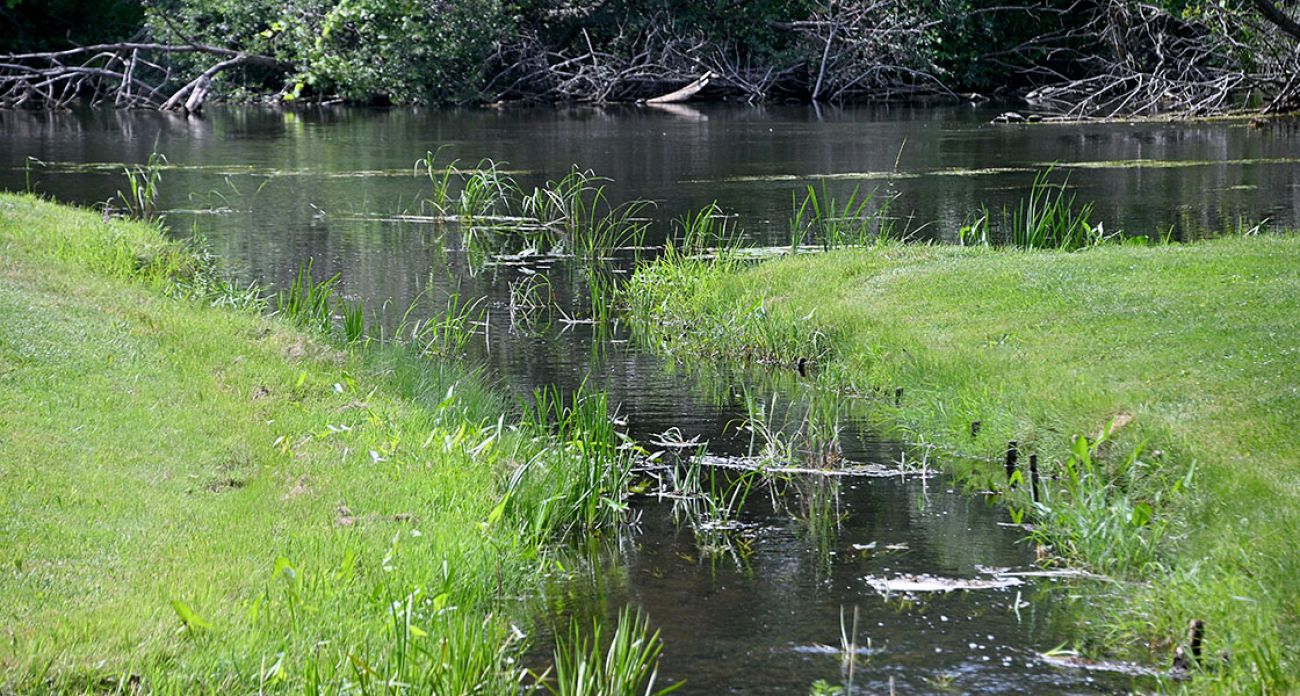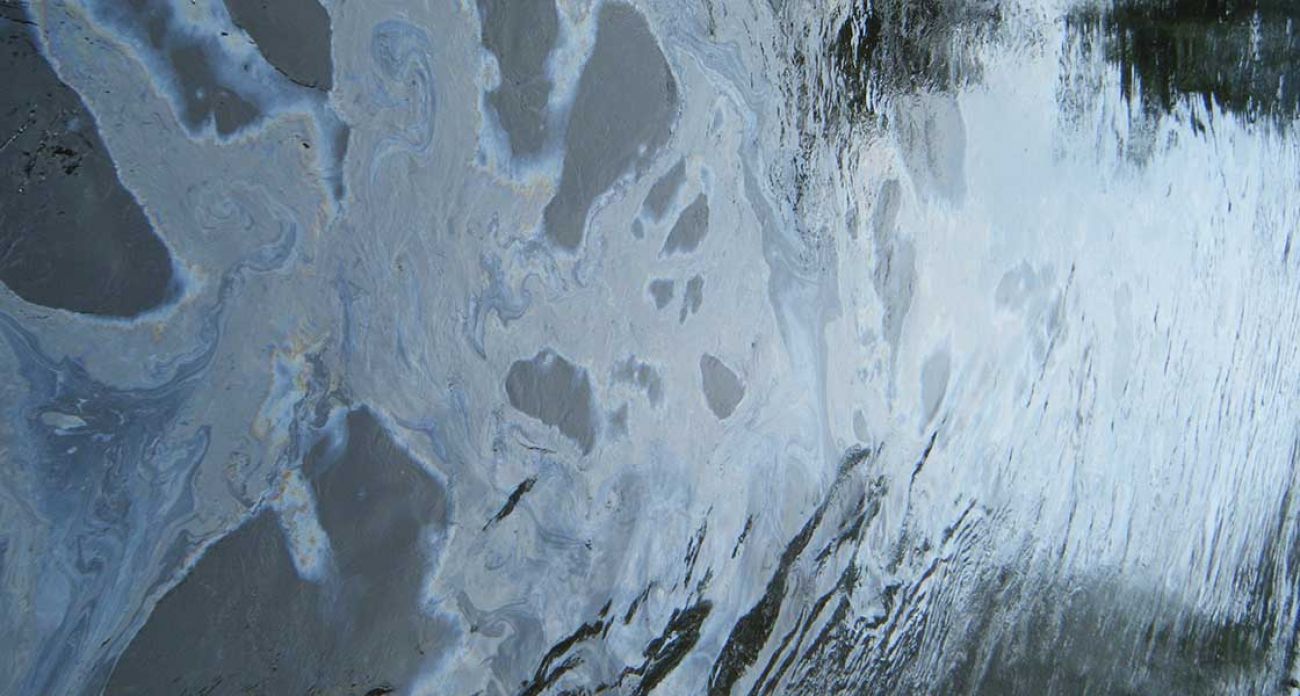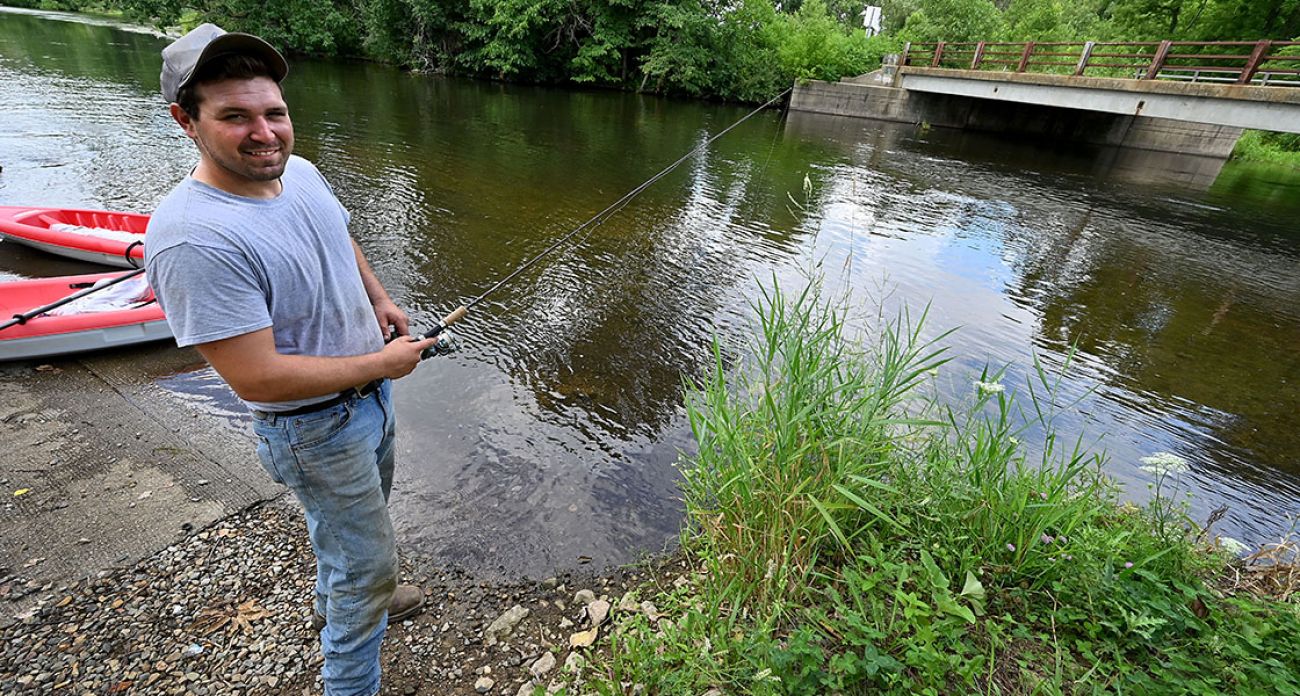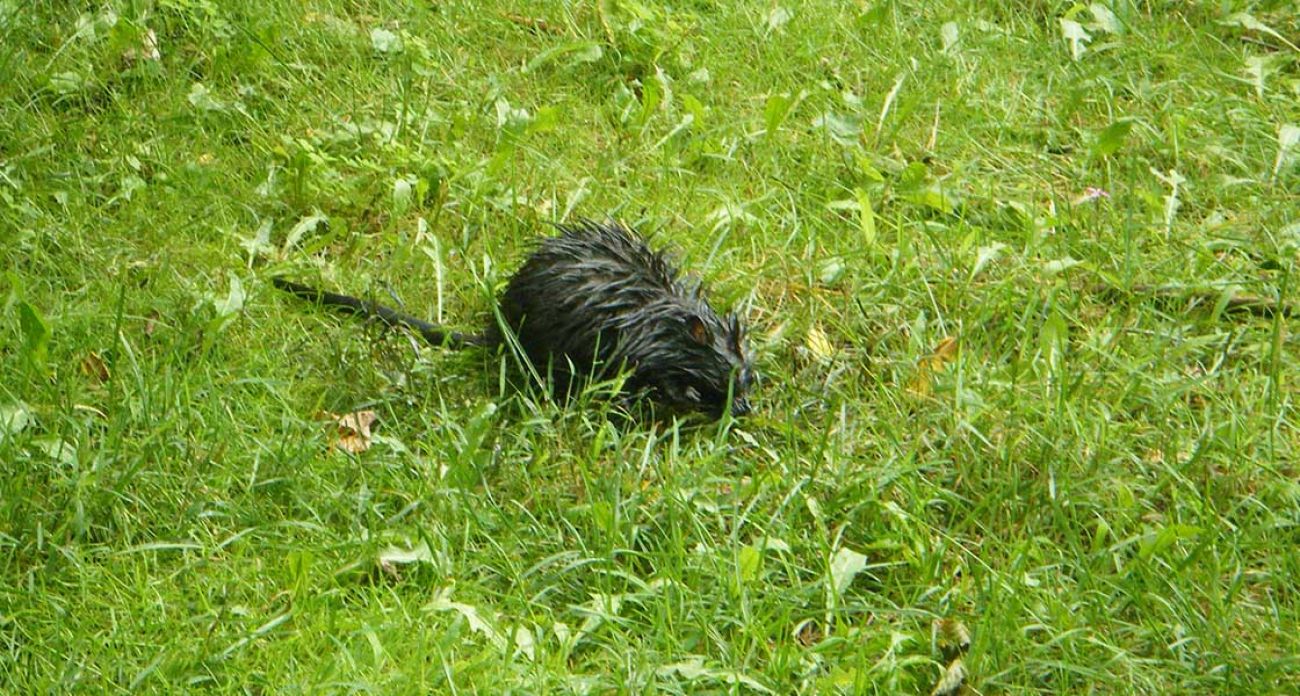10 years later, Kalamazoo River spill still colors Enbridge pipeline debate






MARSHALL—Dr. Kenneth Kornheiser, a retired Plainwell veterinarian, avid canoeist and longtime river advocate, marks the passing of time since the disastrous Kalamazoo River oil spill by the summers he couldn’t paddle his home river.
There were the months following the July 25, 2010 spill, when the river ran black after Enbridge’s Line 6B pipeline ruptured in a wetland near Marshall, sending more than 840,000 gallons of crude oil spewing into Talmadge Creek and nearly 40 miles down the Kalamazoo.
Then there were years when parts of the river closed segment-by-segment as cleanup crews dredged and aerated oil that had fused to sediment on the riverbottom.
And finally, the year Enbridge finished dredging Morrow Lake and Kornheiser could fully resume his 21-year-long habit of weekly trips down the Kalamazoo.
“Looking at it now, you’d never know close to a million gallons of oil flowed through here,” Kornheiser said during a recent paddle with his dog, Miss Lucy Honeychurch, along the stretch where Talmadge Creek trickles into the Kalamazoo.
The river teems with life. Lily pads float in the side channels. Turtles bask on the riverbank and anglers compete for the sizable pike that swim along the gravel bottom.
This month, the Michigan Department of Environment, Great Lakes & Energy signed off on Enbridge’s final “no further action report” certifying that the Canadian energy company has finished cleaning up areas sullied by oil.
But while the spill response is virtually complete, Line 6B’s legacy lives on in the raging debate it sparked over Enbridge’s Line 5 pipeline in the Straits of Mackinac — one that remains heated today.
“Without that disaster having happened, I don’t think a lot of people even today would know Line 5 existed,” said Liz Kirkwood, executive director of For Love of Water, a nonprofit advocacy group that opposes the pipeline.
A disaster, then a revelation
The Marshall spill is widely considered a massive pipeline safety and spill response failure.
Enbridge employees monitoring the pipeline from a control room in Alberta, Canada, took 17 hours to realize a rupture had occurred. By then, 843,000 gallons of heavy crude oil known as diluted bitumen had spilled in what is now recognized as the largest inland oil spill in U.S. history.
Cleanup crews ultimately recovered more than a million gallons, but Enbridge officials contend some of that oil came from other sources.
In the spill’s wake, federal investigators concluded that Enbridge had long known the 41-year-old pipeline was riddled with cracks and corrosion. They also blamed federal regulators at the Pipeline and Hazardous Materials Safety Administration for allowing those defects to fester and approving Enbridge’s lackluster emergency response plan.
Beth Wallace, who grew up in Athens, just south of Battle Creek, was little more than a year into a job at the National Wildlife Federation in Ann Arbor when she heard about the spill. She drove to the scene to see “a river of oil” and a muskrat desperately trying to clean itself.
As she watched the disaster unfold, Wallace wondered: Where else do the company’s pipelines run through Michigan?
The question led her to Line 5, a 67-year-old Enbridge petroleum pipeline that lies exposed at the bottom of the Straits of Mackinac. Wallace probed local, state and federal authorities for details on its condition, when it was last inspected, what type of steel was used in its construction.
“None of that was answered,” she said. “I’m convinced that federal regulators didn’t even really have this pipeline on their radar.”
So in October 2012, Wallace co-authored “Sunken Hazard,” a report detailing how little was publicly known about the pipeline. The report sparked a political firestorm that rages to this day, as Michiganders became aware of the pipeline and concerned about potential devastation in the Straits should it fail.
Bill Rustem, a former top advisor to Gov. Rick Snyder, remembers it as a wake-up call within state government.
“Everybody was sort of shocked,” to learn about Line 5’s existence at the bottom of the Straits, Rustem said. In a long career that included advising former Gov. William Milliken on environmental issues, “I don’t think I ever knew it was there.”
Before Line 6B broke, pipelines had played only a minor role in conversations about Michigan’s environment and Great Lakes, said Ken Sikkema, a senior policy fellow at Public Sector Consultants who spent 20 years in the state legislature, including a stint as chair of the Senate Natural Resources Committee.
“Politics responds to the crisis of the moment,” he said, “and if you don’t have a crisis that becomes a major story like Kalamazoo, issues just fall by the wayside.”
But the Kalamazoo spill and the Sunken Hazards report quickly sparked new interest. By July 2013, nearly 500 people showed up in St. Ignace to protest a pipeline that only months earlier had operated in obscurity.
In 2014, Snyder formed a state task force to learn more about Michigan’s petroleum pipelines. The group issued a series of recommendations, including an independent analysis of alternatives to Line 5, and greater state oversight of the existing pipeline.
Calls for a shutdown grew louder in the ensuing years amid revelations about gaps in the Line 5’s protective coating and a 2018 tugboat anchor strike that dented the pipeline and sliced nearby power cables, spilling 800 gallons of mineral oil into the Straits. Concern about Line 5 transcended political divides.
“You don’t have to be an environmental activist to be queasy about an oil pipeline built in the early 50s lying on the floor of the Straits,” said Sikkema, a Republican.
By 2018, the end of Snyder’s second term, Line 5’s safety had become a key election issue. Gov. Gretchen Whitmer and Attorney General Dana Nessel both ran successful campaigns featuring promises to shut the pipeline down.
But some worried that a shutdown would bring its own problems, including uncertainty for Upper Peninsula residents who rely upon propane from Line 5 to heat their homes. In the waning weeks of his administration, Snyder and the Republican-led legislature enacted a law allowing Enbridge to replace the lakebottom pipeline with a new segment buried in a tunnel beneath the lakebed, which is intended to better protect the pipeline from rupture.
An evolving debate
The tunnel plan has complicated Whitmer and Nessel’s path to a shutdown, and muddied the political waters over Line 5. Those who oppose the current pipeline are now fractured into camps: Those who support moving Line 5 into a tunnel, and those who want to see a wholesale closure.
“It has separated the folks who said ‘hey, a pipeline is fine but we are worried about our water,’ versus those who are part of the movement because they hate petroleum products,” said Sen. Ed McBroom, R-Vulcan, who supports the tunnel project.
Nessel has sued Enbridge in hopes of voiding the tunnel agreement. Meanwhile, Enbridge is awaiting permits that would allow it to start tunnel construction. Company officials said they still intend to begin pumping petroleum through the tunnel in 2024.
In the meantime, they say they are applying lessons learned from the Line 6B spill to make sure Line 5 is safe.
“It was a terrible day for Enbridge, but it just reshaped our company,” said Bryan Stiemsma, Enbridge’s technical manager in Marshall.
Company protocol now enables staff to shut off a pipeline quicker when safety concerns arise. Any shutdown triggers an in-person inspection before petroleum shipments can resume. The company has amped up its inspection program, hired more emergency response staff, and taken pains to make sure local public officials are aware of Enbridge pipelines running through their community.
Enbridge officials tout the new pipeline safety practices as the best in the industry. But the company’s opponents say that’s not enough to ease their concerns about Line 5.
“It took them hours and hours to respond,” to the Kalamazoo River spill, said Jamie Stuck, chairperson of the Nottawaseppi Huron Band of the Potawatomi in southwest Michigan. “So it’s not promising to me.”
Enbridge opponents point to the company’s recent discovery of a damaged anchor support and worn pipeline coating as evidence that safety practices remain insufficient.
Those recent discoveries have also sparked a power struggle between state officials and Enbridge. The company contends that only federal regulators, not the state, have authority to oversee pipeline safety — an argument Ingham County Circuit Court Judge James Jamo rejected when he granted Nessel’s request to shut down the pipeline pending an investigation into the damage.
Meanwhile, Enbridge last week refused Michigan Department of Natural Resources Director Dan Eichinger’s request that the company sign a pledge to pay for any “damages or losses” caused by Line 5’s operation in the Straits. Enbridge contends it has already made such a commitment, rendering a new agreement unnecessary.
The rebuff prompted harsh words from Whitmer.
“My parents taught me: ‘You break it, you pay for it,’” Whitmer said in a statement. “It seems that’s the bare minimum Enbridge Inc. owes every Michigander so long as the company continues to pump crude oil through the Straits of Mackinac.”
Along the Kalamazoo River, Cheryl Vosburg is watching the Line 5 debate grow more feverish by the day, while worrying that the Line 6B disaster may be fading from public memory.
Vosburg has dedicated her career to cleaning up the Kalamazoo, formerly as the environmental programs coordinator for the city of Marshall and now as director of the Kalamazoo River Watershed Council. In the decade since the spill, her heartbreak has given way to ambivalence.
She is satisfied with the cleanup and simultaneously worried about lingering environmental damage. She believes Line 5 poses a threat, but worries legal battles over the tunnel plan may only prolong the current line’s operation on the lakebottom.
And she chafes when she hears Enbridge officials and others claim the Kalamazoo River is healthier now than before the spill.
“What message are you trying to send?” she said of those claims. “Every community should have an oil spill?”
Michigan Environment Watch
Michigan Environment Watch examines how public policy, industry, and other factors interact with the state’s trove of natural resources.
- See full coverage
- Subscribe
- Share tips and questions with Bridge environment reporter Kelly House
Michigan Environment Watch is made possible by generous financial support from:
Our generous Environment Watch underwriters encourage Bridge Michigan readers to also support civic journalism by becoming Bridge members. Please consider joining today.
See what new members are saying about why they donated to Bridge Michigan:
- “In order for this information to be accurate and unbiased it must be underwritten by its readers, not by special interests.” - Larry S.
- “Not many other media sources report on the topics Bridge does.” - Susan B.
- “Your journalism is outstanding and rare these days.” - Mark S.
If you want to ensure the future of nonpartisan, nonprofit Michigan journalism, please become a member today. You, too, will be asked why you donated and maybe we'll feature your quote next time!






